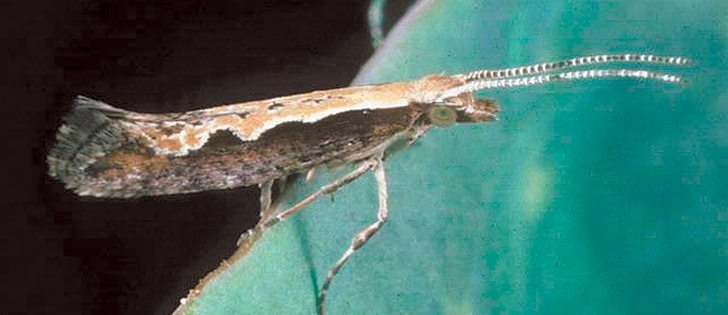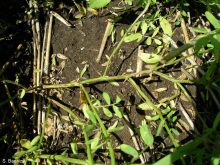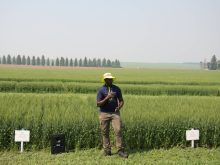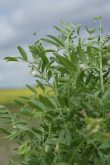A team of scientists from China, Australia, the United States, Britain and Canada has decoded the genome of Plutella xylostella, better known as the diamondback moth.
The pest, which feeds on members of the brassica family of crops, including canola, mustard, broccoli and cabbage, causes $4 to $5 billion in crop damage per year, the scientists said in a paper published in Nature Genetics Jan. 13.
Cruciferous plants such as cabbage contain toxic chemicals that they use to ward off hungry insects and animals.
However, the moths are highly adaptable and have developed detoxification genes that allow them to feed on and digest the tissue of crucifers.
Read Also
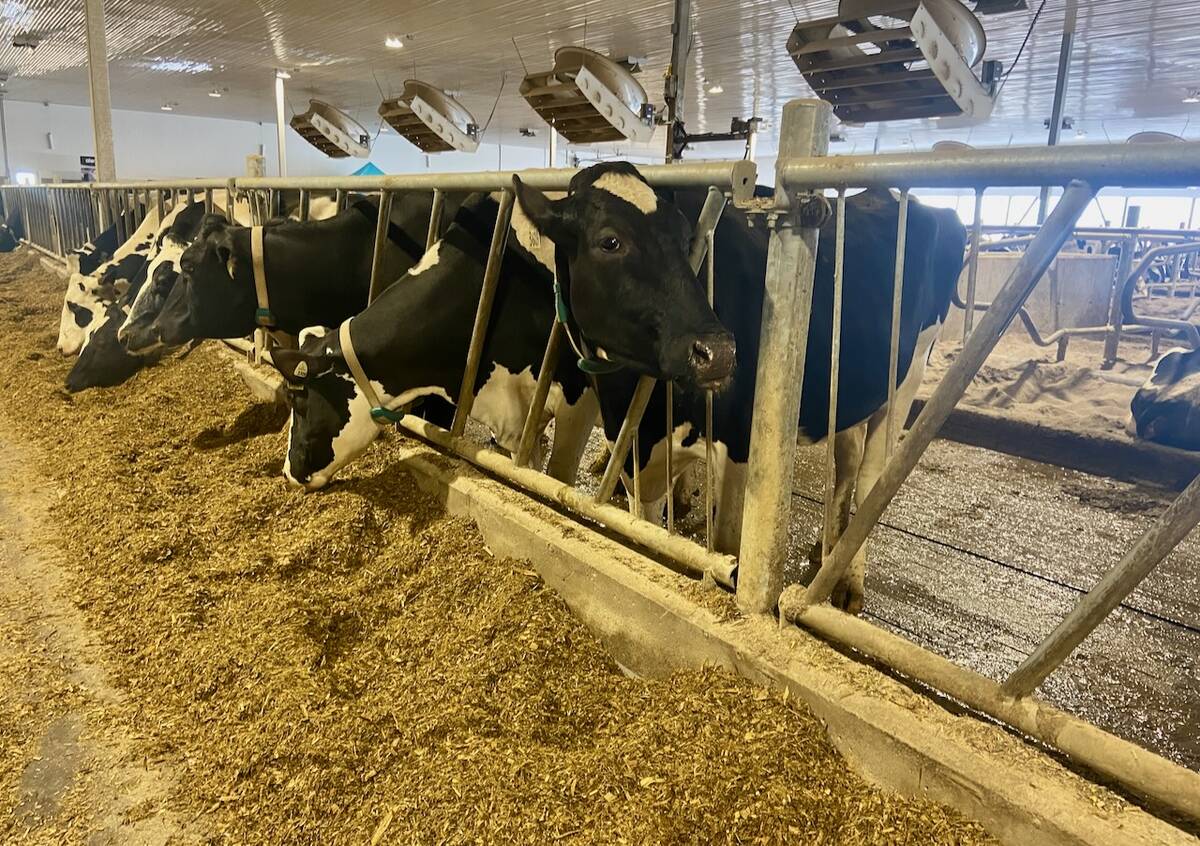
U.S. farm group supports supply management
U.S. grassroots farm advocacy group pushing new agriculture legislation that would move towards supply management like Canada has for dairy industry
Thanks to their adaptive qualities, diamondback moths can now resist a wide range of pesticides, said Liette Vasseur, a Brock University biologist who participated in the research.
“This is an important step in better understanding the species and especially its incredible capacity to develop resistance to pesticides,” she said in a statement.
The genetic guidebook on diamondback moths should hopefully lead to strategies to control the pest, Vasseur added.
“Everyone is interested in finding innovation strategies for helping farmers develop sustainable agricultural practices.”
Manitoba Agriculture entomologist John Gavloski said diamondback moths don’t overwinter in Western Canada. Instead, they blow in from the south in the spring and summer, which can lead to significant populations during the canola-growing season.
However, he said the pest does have a few enemies.
“There are some very good natural controls, parasites,” he said.
“(But) if you’ve got big populations and you don’t have the natural enemies to monitor the populations, that’s when we get outbreaks…. When they do move in and become an issue, it’s a major issue just because there’s so much canola grown.”


